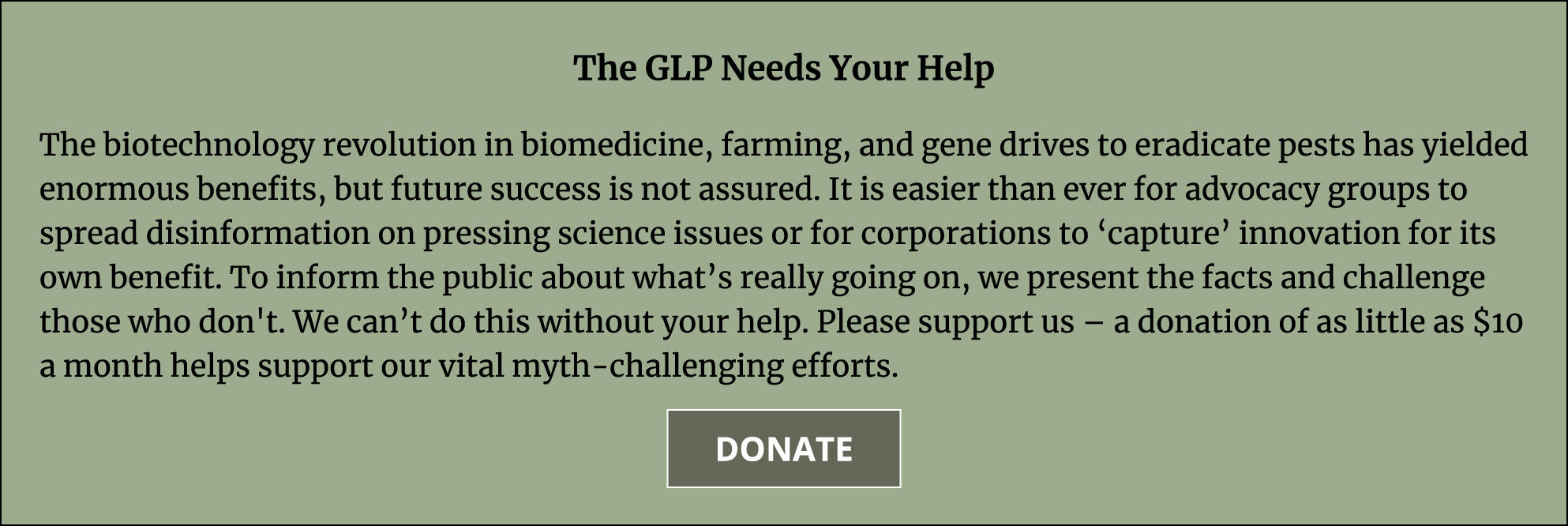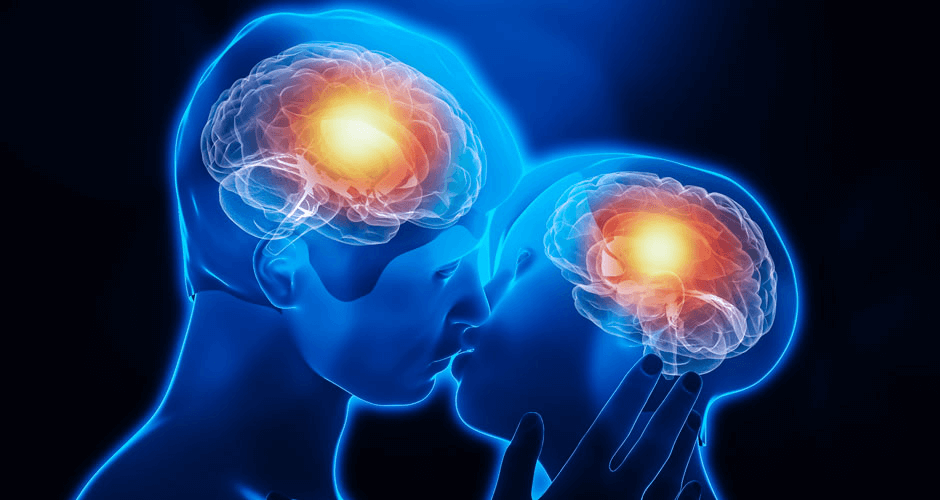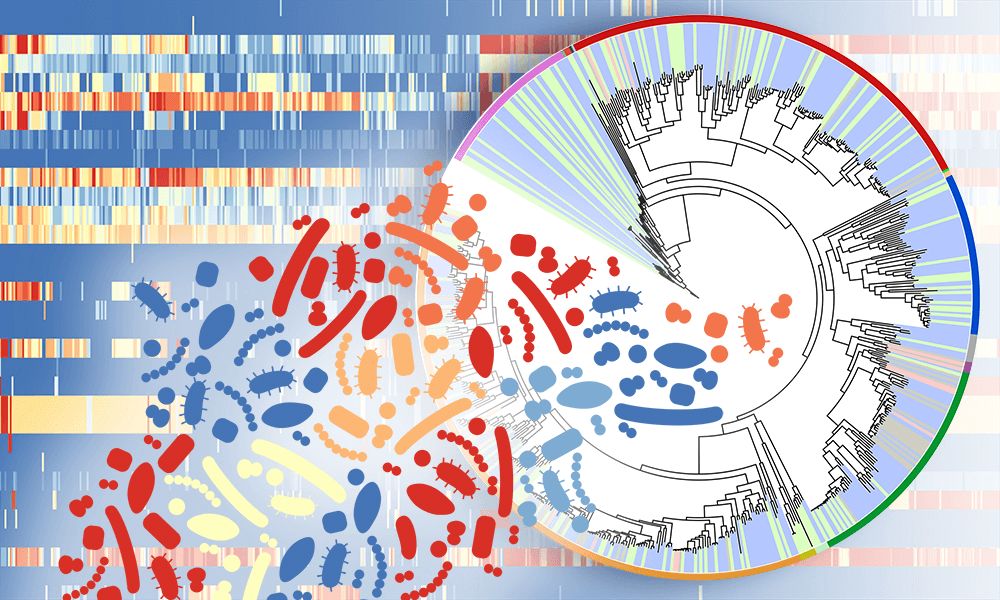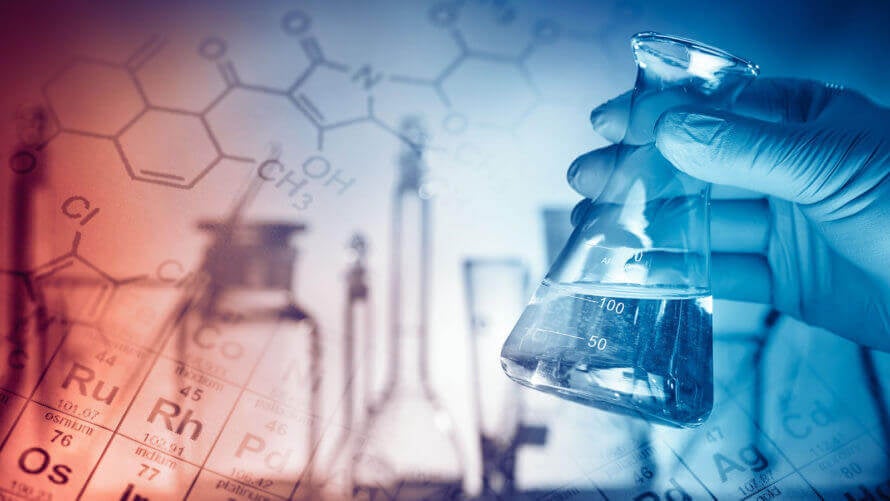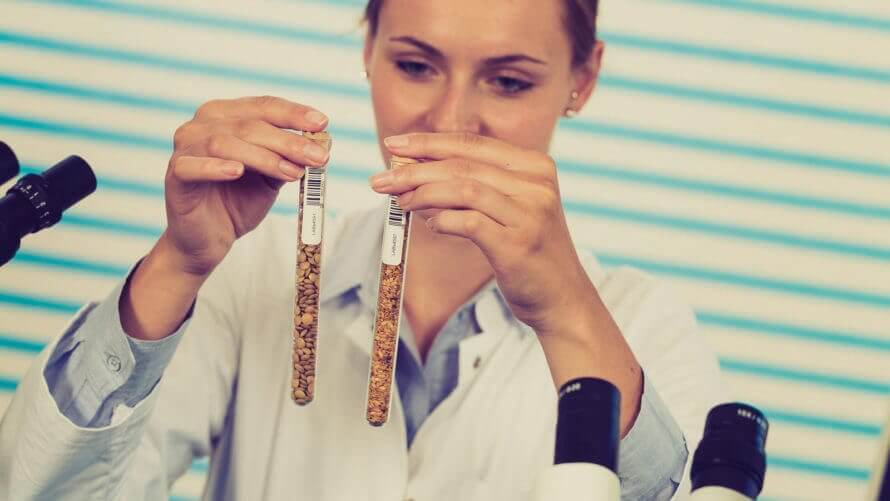The GLP aggregated and excerpted this blog/article to reflect the diversity of news, opinion and analysis.
The World Health Organizations’s scheme for classifying carcinogens is skewed and confusing.
In 1991 the IARC classified coffee as “possibly carcinogenic to the human urinary bladder” (Group 2B). This conclusion was arrived at after reviewing the limited evidence available at that time.
As an object of scientific study, coffee is different from Roundup or other chemicals. Coffee drinking is habitual, and people can tell researchers with reasonable accuracy how long they’ve been drinking coffee and how much. Therefore exposure data should be of higher quality than it is in studies of other possible carcinogens.
Furthermore, coffee is consumed by a large proportion of the population in Western countries and,, importantly, there is a proportion of the population that does not consume it. This means that, if coffee drinking were in fact associated with cancer, we would stand an excellent chance of detecting it.
As of 2010, more than 500 studies of the association of coffee intake with cancer have been published.
This research shows that coffee drinking is associated with reduced risk of several cancers, including endometrial, liver, and postmenopausal breast cancer. In the case of liver cancer, coffee drinkers have roughly a 50 percent reduction in risk.
The IARC gives greater weight to positive results than to negative results, even when the latter are from higher-caliber studies. And this explains why, of all the nearly 1,000 agents IARC has assessed, only one has been categorized as “not likely to cause cancer.”
Coffee is the one of the most widely consumed beverages and extensively studied. If we can’t declare coffee to be “unlikely to cause cancer,” what does that say about our ability to assess more difficult and subtle risks?
Read full, original post: How Coffee Became a Carcinogen


